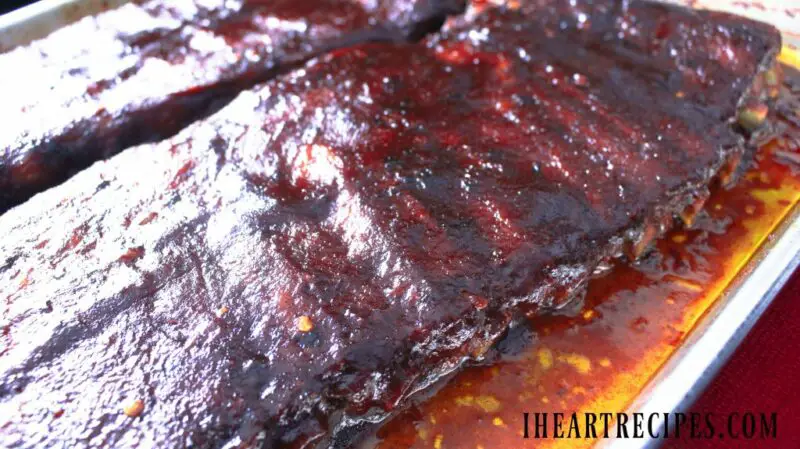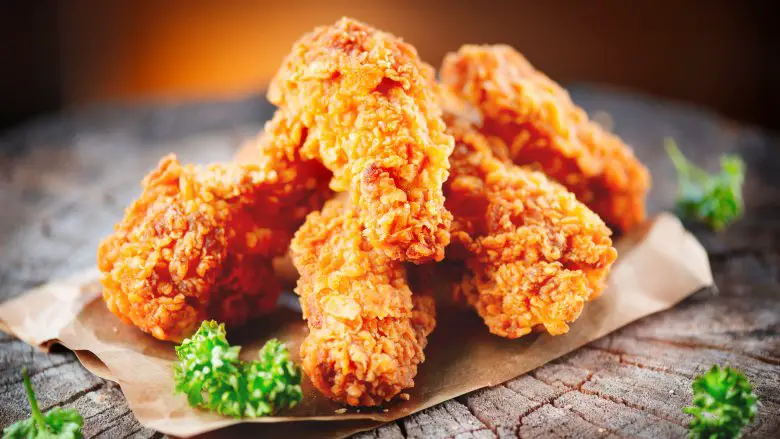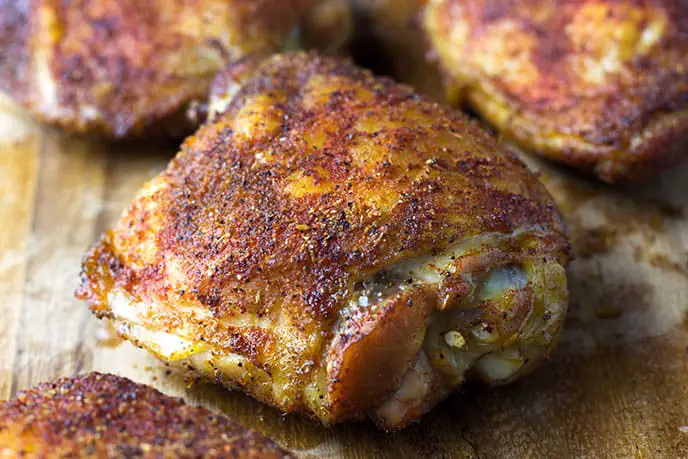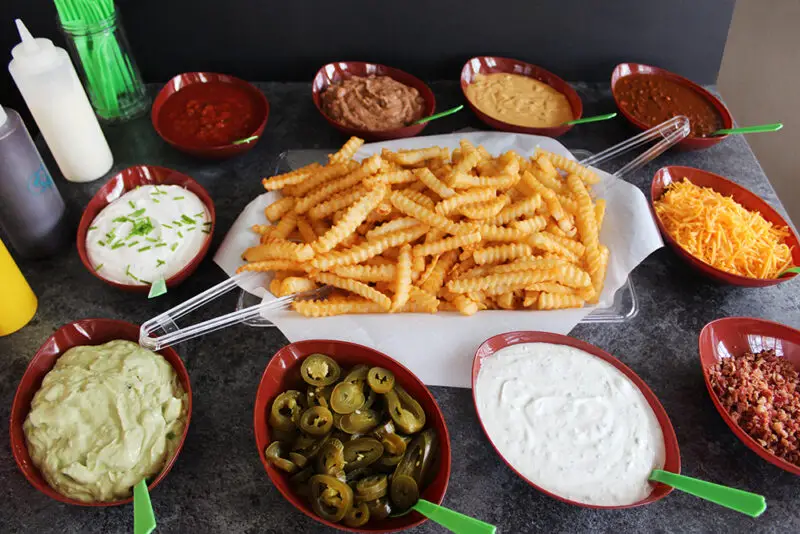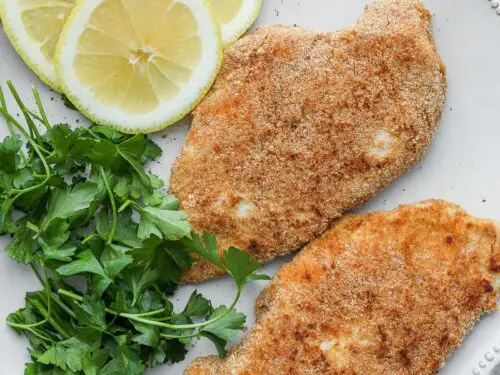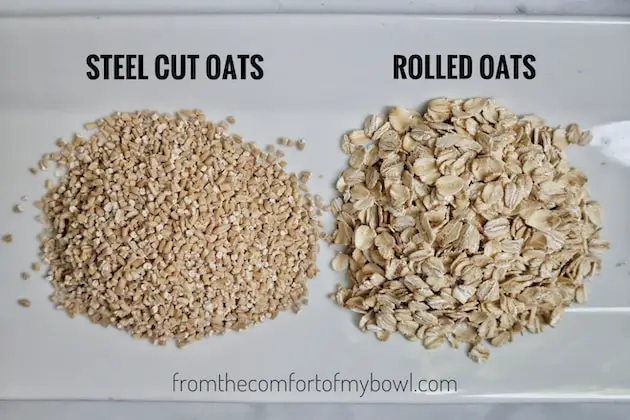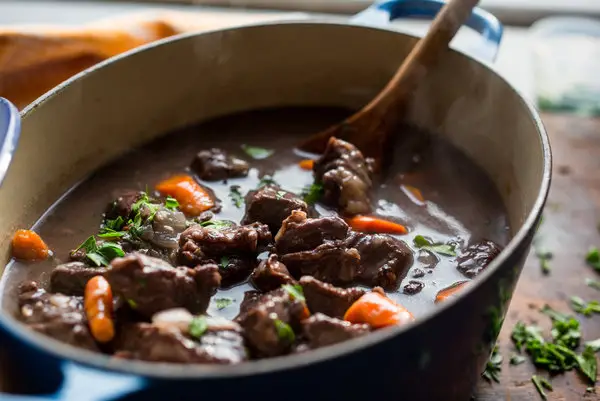Cooking ribs at 375 degrees Fahrenheit is a great way to achieve a delicious and tender meat that is perfect for any occasion. However, knowing the correct cooking time for ribs at this temperature can be challenging, as there are many factors influencing the cooking process.
In this article, we will break down the necessary steps to cook Fall-off-the-Bone ribs at 375 degrees because you deserve it!
Factors Affecting Cooking Time for Ribs at 375
When cooking ribs at 375 degrees Fahrenheit, certain factors have a crucial influence on how long it takes to cook them. These considerations include the type of meat being used (baby back, spare ribs), the thickness of each rib cut, starting temperature of the meat, and desired level of doneness.
For example, Baby Back Ribs tend to be thinner than their Spare Rib counterparts; thus, they require less time to cook correctly. The thicker portions found on Spare Ribs due to their larger bones will require more time than Baby Back Ribs.
If your preferred level of doneness is rare or medium-rare meats/cooked in your experience with pork products or beef items there is no possibility/option of doing so due to food safety hazards. Therefore always aim for well-done cooked pork products specifically when cooking y’all’sribs!
Understandably these factors make it difficult to determine precisely how long it will take to cook ribs at 375; however carefully planning out each step beforehand will help yield a better outcome.
Preparing Ribs for Cooking
Proper preparation before cooking adds another layer of flavor while also ensuring tender and juicy meat as soon as it’s cooked through properly – nobody likes overcooked tough chewy meats!
Trimming excess fat and silver skin
Meat with its excess fat trimmed makes better sense when preparing your dish since you’ll need less seasoning after removing any off-flavors associated with large fat masses.
Silver skin, which is a layer of connective tissue on the underside of a rib rack, should be removed to prevent toughening while cooking and increase meat tenderness — something you’d definitely want to scrap off before cooking. Simply pull the skin starting from one end of the slab at an angle.
Seasoning techniques
Seasoning techniques can involve using different spices and herbs to enhance the flavor profile of your ribs.
The simplest method for seasoning would be applying salt, black pepper, garlic powder, powdered onion, paprika combined with brown sugar: all together equal parts or as preferred. Another effective mix involves kosher salt seasoned more heavily, freshly cracked black pepper, cumin seasoning for an ethnic twist originating from Jamaica’s Jerk cuisine style recipes-lots of hot pepper flakes!, and brown sugar as a sweet note. You could also add some thyme leaves because they complement the flavors that come with Jamaican-style spices nicely!
The option to marinate
Using a marinade allows more time for your meat cuts to absorb extra flavor. Marinating items before cooking adds another element- a unique set of flavors we won’t resist enthusiastically in every bite.
Marinates have two components acid (lemon juice/orange/apple cider vinegar) that help tenderize by breaking down meat fibers mixed with oil-based flavors/spices allowing ample time to soak in until y’all are finally ready to cook!
The longer you marinate your ribs(the most common being around 30 minutes up until 6hours),the more tender they will become before cooking; thus reducing in ideal cooking times.
The Cooking Process for Ribs at 375 Degrees
Now that we’ve discussed factors influencing cooktimes let’s dive into the actual process so you achieve those Fall-off-the-Bone results.
Oven-baking Ribs
- Preheating The Oven
Preheating is essential as this allows your oven to reach a temperature of 375 degrees Fahrenheit. Take approximately 20 minutes preheat your oven before placing in any items for cooking.
- Wrapping in Foil or Not; Pros and Cons
Wrapping ribs into foil is an excellent method to ensure that all moisture remains in the meat, locking in flavors as they cook. Alternatively, baking unwrapped lets your ribs create a crispy char on the outside giving it that much-needed texture while still keeping the interior moist.
- Timing considerations during the cooking process
Keeping a close watch on how much time is spent while cooking the meat is crucial; overcooking will toughen it up, so better not wait for things get out of hand! As recommended, tenderness can be tested after about 1 hour of baking—using tongs take one end fork insertion should see meat easily fall apart from bone if cooked through properly.
- Checking for Tenderness and Doneness
After you’re well acquainted with rib sizes, adjusting to well-done cooking temperature just right mainly with Bone-in pork cuts can tell when they’re ready: when evenly cooked through there should no pink visible within thickest area(s) of meat/ bone parts.
The grill method
- Setting up indirect heat zones on a grill
Indirect heating means having all coals or burners turned on one side where your rib rack placed opposite the flame or directly over an empty space above any lit charcoal units.
- Preparation differences from oven-baked ribs:
Preparing grilled ribs involves brushin’ them down with oil(before seasoning), flipping them often while lightly basting them every ten(10)minutes throughout the whole process to ensure even browning/cooking.
- Time adjustments compared to baked methods
Grilling takes less time when compared with baked methods roughly between 45 minutes – 1 hr maximum to achieve their desired temperature/cook.
Smoking Ribs at 375 Degrees: A different approach:
- Equipment needed to smoke ribs correctly
When smoking types of meats, specific equipment is needed—wood chips found in hardware stores and fit for smoking pork – am use Mesquite wood/apple/or Cherry Chips.
- Differences in preparation steps from regular oven-bake or grill cooks
Preparing smoked ribs involves using dry rubs rather than marinates to soak up flavor into these cuts fully. Once you’ve finished seasoning process the meat by adding wood chips and a water tray to the smoker for infused goodies with smoky flavors.
- Timing considerations while smoking
Smoking times can vary depending on rib cut thicknesses; average cook time takes around 3hrs but can extend up to six hours or more if desired here the goal should be tenderness not strict timing guidelines.
Enhancing Flavor after Cooking
Adding finishing touches goes a long way showcasing individual styles and tastes; enhancing ribs post-cooking with various sauces and tradition-style charring techniques can make it unique.
- Adding sauces is an exciting step as there are many variations available across your local supermarkets shelves, taking care to apply them lightly as not overpowering your tastefully cooked meat should be taken seriously!
Sauces such as vinegar-based BBQ of the Southern United States region mix sweet and salty flavors that dance tantalizingly all over your taste buds! On that note throwing some diced pineapple or mango mixed with lil’ lime juice will probably have y’all’s end game right in place for perfect Fall-off-the-Bone flavor profile combinations !
Alternatively, one could go for the traditional charred flavor obtained with direct flame application noted mainly when grilling where you directly expose brisk flames making sure to rotate its position occasionally until even taste throughout the whole length of a rib! This charred flavor is added to your barbecue rub before starting.
Conclusion
Cooking ribs correctly at 375 degrees involves various factors, including preparing the meat appropriately for cooking and timing considerations that influence texture and taste. The steps involved in oven baking, grilling or smoking all have unique but effective methods to attain Fall-off-the-Bone deliciousness.
So preheat that oven or fire up that grill/smoker; it’s time to show off what you’ve learned in this article! Happy cooking 🙂
Q&A
- Q: Is 375°F the optimal temperature for cooking ribs? A: Yes, 375°F is a great temperature for cooking ribs as it allows for an even cooking and ensures that the meat remains juicy and tender.
- Q: How long do I need to cook my ribs at 375°F? A: The length of time you need to cook your ribs at 375°F depends on the size and type of your ribs. As a general rule of thumb, baby back ribs take about 2-3 hours to cook, spare ribs require 3-4 hours, and beef ribs can take up to 6 hours.
- Q: Do I need to wrap my ribs while cooking them at 375°F? A: Wrapping your ribs is not necessary when cooking them at 375°F, but it can help speed up the cooking process by keeping the heat inside. If you decide to wrap them, make sure to use aluminum foil or butcher paper.
- Q: What should I do if my ribs are still tough after cooking them at 375°F? A: If your ribs are still tough after cooking them at 375°F, you should try increasing the cooking time by another hour or so. Alternatively, you can turn down the heat slightly and let them cook for longer until they reach your desired level of tenderness.
